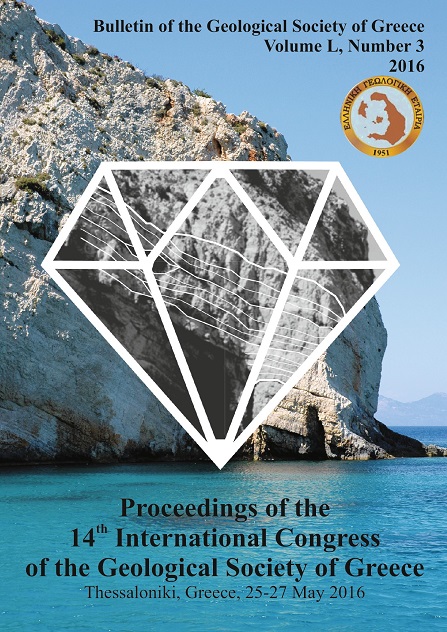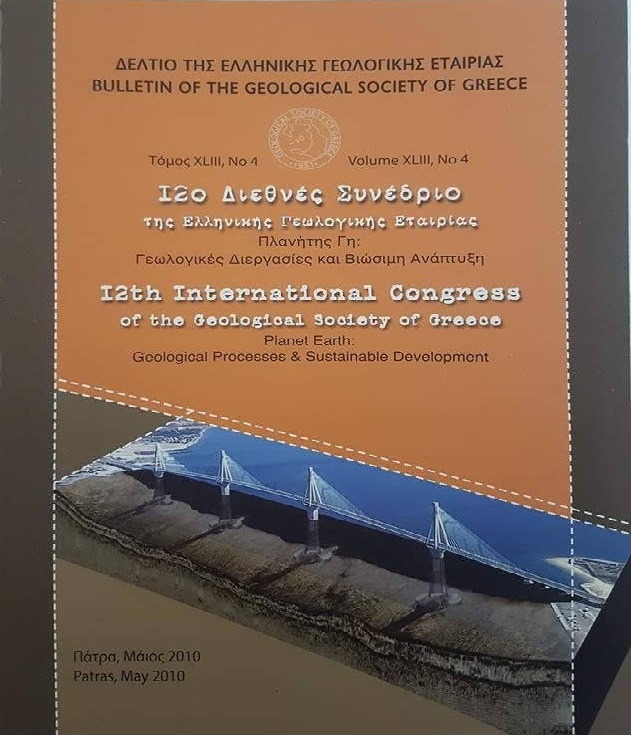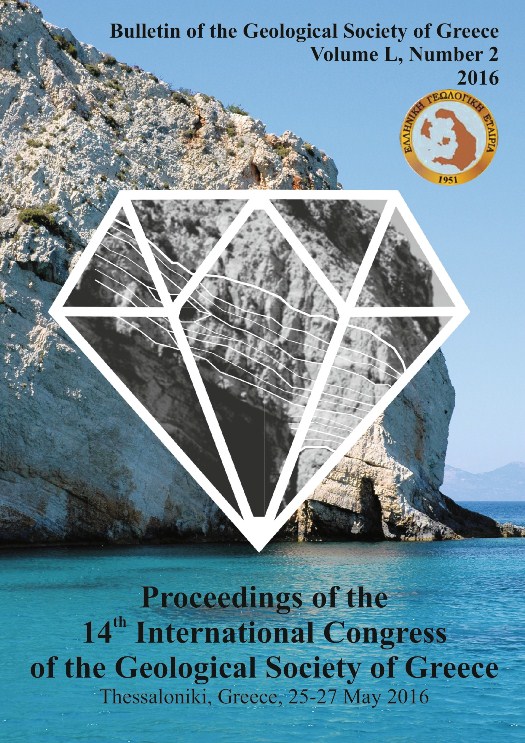Digital methods for measuring grain size parameters of aggregate–binder mixtures.

Περίληψη
Οι γεωμετρικές παράμετροι χαλικιών, όπως μήκος, περίμετρος, εμβαδόν κλπ., υποδεικνύουν τους δείκτες πλακοειδούς και σχήματος. Αυτοί οι δείκτες έχουν μια σημαντική επίδραση στις μηχανικές ιδιότητες αυτών ως αδρανή υλικά π.χ. στο σκυρόδεμα, το ασβεστοκονίαμα, την άσφαλτο. Στην παρούσα εργασία παρουσιάζονται ψηφιακές μέ- θοδοι βασισμένες στο μαθηματικό πακέτο Matlab. Εφαρμόστηκε η στατιστική μέθοδος k-means clustering, για τον ακριβή διαχωρισμό φόντου και χαλικιών και με στόχο τον υπολογισμό των προαναφερθέντων ιδιοτήτων. Ο συνολικός κώδικας μπορεί να εφαρμοστεί σε πραγματικό χρόνο αναλύοντας γρήγορα έναν μεγάλο όγκο δεδομένων με μεγάλη ακρίβεια και με σημαντική μείωση του κόστους. Επί του παρόντος μπορούν να μετρηθούν μόνο οι δύο διαστάσεις των κόκκων. Μελλοντική εργασία θα εστιάσει σε τρισδιάστατες μετρήσεις συγκρίνοντας ζεύγη εικόνων που θα παρθούν από διαφορετικές γωνίες αλλά επίσης και διαχωρισμός κόκκων που ακουμπούν μεταξύ τους.
Λεπτομέρειες άρθρου
- Πώς να δημιουργήσετε Αναφορές
-
Profitis, E., Kapatos, D., Chatzitheodoridis, E., Xirouchakis, D., & Loupasakis, C. (2013). Digital methods for measuring grain size parameters of aggregate–binder mixtures. Δελτίο της Ελληνικής Γεωλογικής Εταιρείας, 47(4), 1834–1843. https://doi.org/10.12681/bgsg.11062
- Ενότητα
- Τεχνική Γεωλογία και Γεωτεχνική Μηχανική

Αυτή η εργασία είναι αδειοδοτημένη υπό το CC Αναφορά Δημιουργού – Μη Εμπορική Χρήση 4.0.
Οι συγγραφείς θα πρέπει να είναι σύμφωνοι με τα παρακάτω: Οι συγγραφείς των άρθρων που δημοσιεύονται στο περιοδικό διατηρούν τα δικαιώματα πνευματικής ιδιοκτησίας επί των άρθρων τους, δίνοντας στο περιοδικό το δικαίωμα της πρώτης δημοσίευσης. Άρθρα που δημοσιεύονται στο περιοδικό διατίθενται με άδεια Creative Commons 4.0 Non Commercial και σύμφωνα με την οποία μπορούν να χρησιμοποιούνται ελεύθερα, με αναφορά στο/στη συγγραφέα και στην πρώτη δημοσίευση για μη κερδοσκοπικούς σκοπούς. Οι συγγραφείς μπορούν να: Μοιραστούν — αντιγράψουν και αναδιανέμουν το υλικό με κάθε μέσο και τρόπο, Προσαρμόσουν — αναμείξουν, τροποποιήσουν και δημιουργήσουν πάνω στο υλικό.






